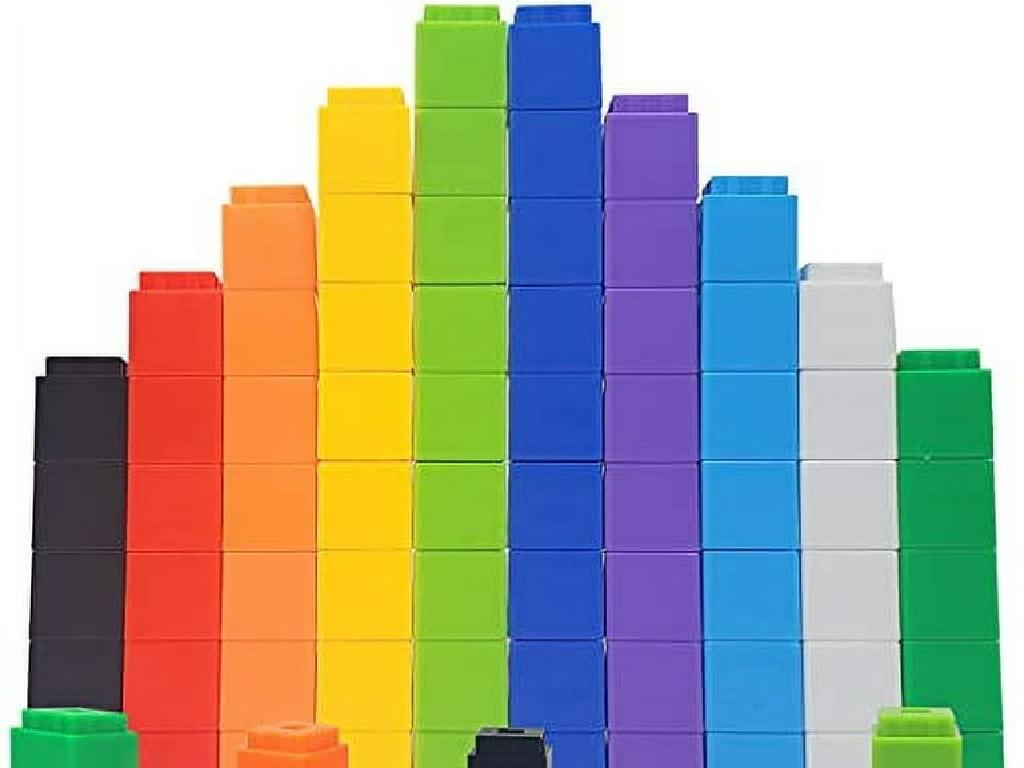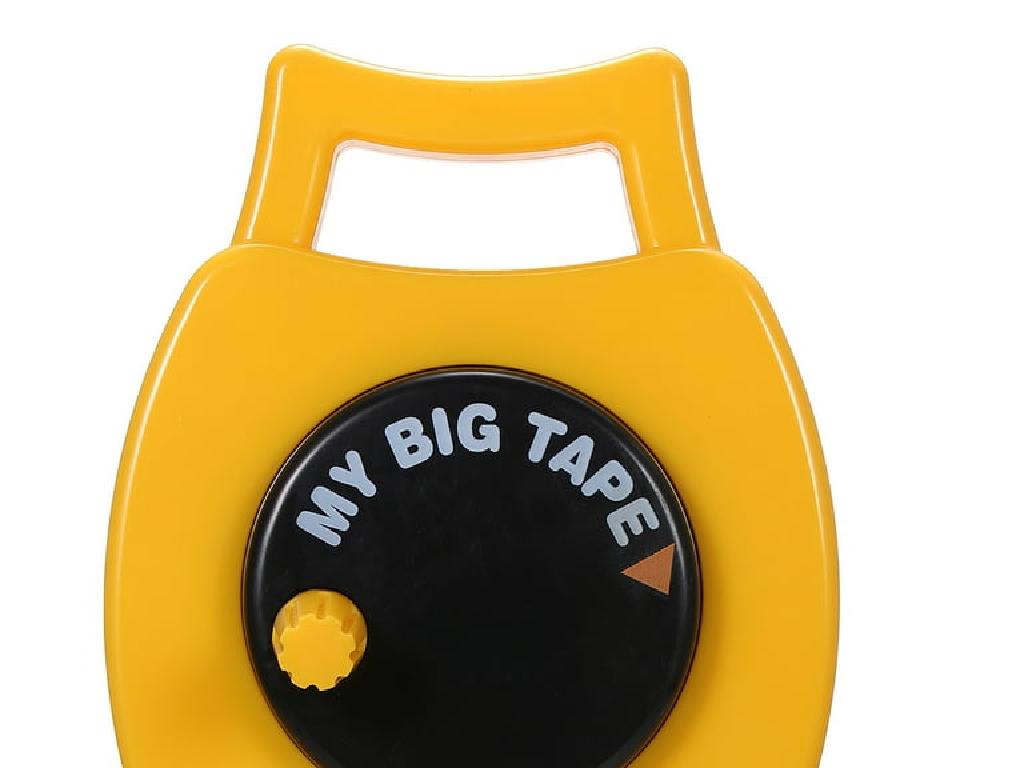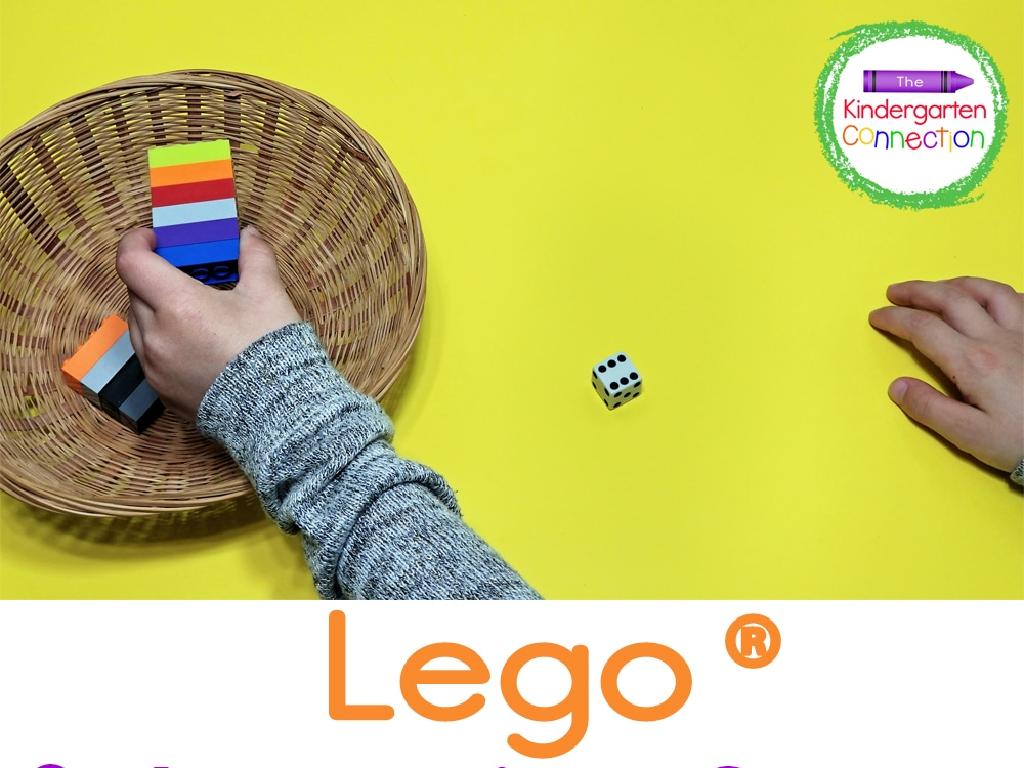Scaling Whole Numbers By Fractions: Justify Your Answer
Subject: Math
Grade: Sixth grade
Topic: Multiply Fractions
Please LOG IN to download the presentation. Access is available to registered users only.
View More Content
Scaling Whole Numbers by Fractions
– Multiplying whole numbers by fractions
– When you multiply, you’re finding a part of the whole number
– Visualize with fraction models
– Picture a pizza divided into equal slices to help understand
– Real-world application of scaling
– Scaling recipes or measuring distances
– Justifying your answers
– Use math reasoning to explain the process and result
|
This slide introduces the concept of scaling whole numbers by fractions, a key skill in understanding how multiplication with fractions works. Start by explaining that when we multiply a whole number by a fraction, we are finding a part of the whole number. Use visual aids like fraction models or pie charts to help students visualize the concept. Discuss real-world scenarios where this skill is applicable, such as adjusting a recipe or calculating a portion of a distance. Emphasize the importance of being able to justify their answers by explaining the mathematical reasoning behind the process and the result. Encourage students to think critically about the steps they take and to articulate their understanding.
Understanding Scaling with Fractions
– What is scaling?
– Scaling involves resizing objects or quantities.
– Scaling with fractions
– Use fractions to multiply and change the size.
– Real-world scaling example
– Example: Adjusting a recipe for more or fewer people.
– Justifying scaled results
– Explain how the scaling factor was chosen and its effect.
|
Scaling is a mathematical concept that involves resizing something either larger or smaller. In the context of fractions, scaling means multiplying whole numbers by fractions to adjust their size. For instance, when scaling a recipe, if you have a recipe for 4 people but need it for 6, you scale the quantities by multiplying by a fraction (in this case, 3/2). It’s important for students to understand not just how to scale, but also to justify their answers by explaining the reasoning behind the chosen scaling factor. This can be done by showing the relationship between the original and the scaled quantity and how the fraction used as the scaling factor affects the outcome.
Scaling Whole Numbers by Fractions
– Multiplying by a fraction scales the number
– Example: 3 x 1/2 is half of 3
– Taking 1/2 of 3 gives us 1.5, which is half of 3
– Dividing the number into smaller parts
– Imagine splitting 3 into 2 equal parts; each part is 1.5
– Justification through visual representation
– Draw a bar model to show 3 divided into halves
|
This slide introduces the concept of scaling whole numbers by fractions. Emphasize that multiplying by a fraction is akin to scaling down or dividing the number into smaller, equal parts. Use the example of multiplying 3 by 1/2 to show that it means taking half of 3, which results in 1.5. Explain that this process can be visualized by dividing a whole into fractions, such as cutting a cake into equal slices. Encourage students to draw models to justify their answers and to see the fractions as parts of a whole. This will help them understand the concept of fractions as operators that scale numbers.
Visualizing Fraction Multiplication with Pizza
– Picture a pizza cut into equal slices
– Multiplying by a fraction means taking part of the whole
– Example: Taking 1/4 of 8 slices
– If we have 8 slices and take 1/4, we’re taking 1/4 * 8
– How many slices do we get?
– 1/4 of 8 is 2, so we get 2 slices
|
This slide is designed to help students visualize the concept of multiplying whole numbers by fractions using a relatable example – pizza. Start by asking students to imagine a pizza cut into equal slices. Explain that when we multiply by a fraction, we are taking a part of the whole – similar to taking some slices of the pizza. Use the example of taking 1/4 of 8 slices to show this concept in action. Ask the students how many slices we would get if we take 1/4 of 8. Walk them through the calculation (1/4 * 8 = 2) to demonstrate that we would get 2 slices. This visual and interactive approach helps students understand and justify their answers when scaling whole numbers by fractions.
Justifying Answers in Fraction Multiplication
– Understanding beyond the answer
– Explaining the ‘why’ behind answers
– Example: Multiplying 4 by 3/4
– 4 groups of 3/4 make 3 whole ones, as 3/4 is part of a whole
– Justification leads to deeper understanding
|
This slide emphasizes the importance of understanding the reasoning behind mathematical answers, especially when scaling whole numbers by fractions. It’s crucial for students to not only know how to calculate the answer but also to articulate why the procedure works. For instance, when multiplying 4 by 3/4, students should visualize that they have 4 groups of 3/4, and since 3/4 is three parts out of four equal parts of a whole, combining four of these groups results in 3 whole parts. Encourage students to always seek the reasoning behind their calculations, as this deepens comprehension and enables them to apply concepts to different problems.
Let’s Practice Together: Scaling Whole Numbers by Fractions
– Work through class examples
– We’ll solve problems as a group to learn together
– Use visual aids for steps
– Drawings and diagrams can show how fractions scale numbers
– Explain your thought process
– Share how you figured out the solution
– Justify your answers
– Give reasons why your answer makes sense
|
This slide is designed for an interactive class activity where students will engage in scaling whole numbers by fractions. Start by working through examples together, ensuring that each step is understood by using visual aids such as fraction bars or pie charts. Encourage students to verbalize their thought process as they work through the problems, which will help them and their peers understand different approaches to the same problem. Finally, emphasize the importance of justifying their answers, which reinforces the concept of mathematical reasoning and helps students to communicate their understanding effectively. Prepare to guide the students through the process, offering support and clarification as needed. Have at least 4-5 different examples ready, with varying levels of difficulty, to cater to the diverse skill levels within the class.
Real-World Application of Fractions
– Fractions in daily life
– Recipe adjustments
– Halving a recipe? Use 1/2 to scale ingredients.
– Craft measurements
– Need 3/4 of a yard of fabric? Multiply total by fraction.
– Value beyond the classroom
|
Understanding how to scale whole numbers by fractions is not just a mathematical skill but a practical tool used in everyday life. For instance, when cooking, one might need to adjust a recipe based on the number of servings required, which involves multiplying quantities by fractions. Similarly, in crafting, precise measurements often need to be scaled up or down, and knowing how to multiply by fractions is essential. This slide aims to show students the practical applications of what they learn in math class, emphasizing the relevance of fractions in real-world scenarios. Encourage students to think of other examples where they might need to use fractions outside of school, fostering an appreciation for the subject.
Class Activity: Fraction Scavenger Hunt
– Find classroom objects to scale
– Pair up for multiplication task
– Multiply whole numbers by fractions
– For example, if a shelf is 10 units long, what is 1/2 of it?
– Present findings with justifications
– Explain how you got the answer and why it makes sense.
|
This interactive activity is designed to help students understand the concept of scaling whole numbers by fractions in a fun and engaging way. Have students work in pairs to encourage collaboration. They should look for objects that can be easily measured and scaled, such as a bookshelf, a desk, or a piece of paper. Provide each pair with a specific fraction to work with. After completing the multiplication, students will present their scaled measurements and explain the reasoning behind their answers. This will help them practice justifying their mathematical thinking. As a teacher, circulate the room to assist and ask probing questions to deepen their understanding. Possible variations of the activity could include using different fractions or scaling objects in the schoolyard.
Wrapping Up: Scaling Whole Numbers by Fractions
– Review of scaling with fractions
Recall how multiplying by a fraction can ‘scale’ or resize a number.
– Open floor for any questions
– Homework assignment
Complete the provided worksheet to practice scaling whole numbers by fractions.
– Encouragement to justify answers
Remember to explain the reasoning behind your solutions.
|
As we conclude today’s lesson on scaling whole numbers by fractions, it’s important to recap the key points. Emphasize the concept of ‘scaling’ as a form of multiplication that changes the size of a number. Encourage students to ask any lingering questions they might have to ensure clarity and understanding. Assign the worksheet as homework to reinforce the day’s learning objectives, and remind students to not only find the correct answers but also to justify their reasoning, as this will help deepen their comprehension of the material. The homework will also serve as a good indicator of their grasp on the subject for further review in the next class.






